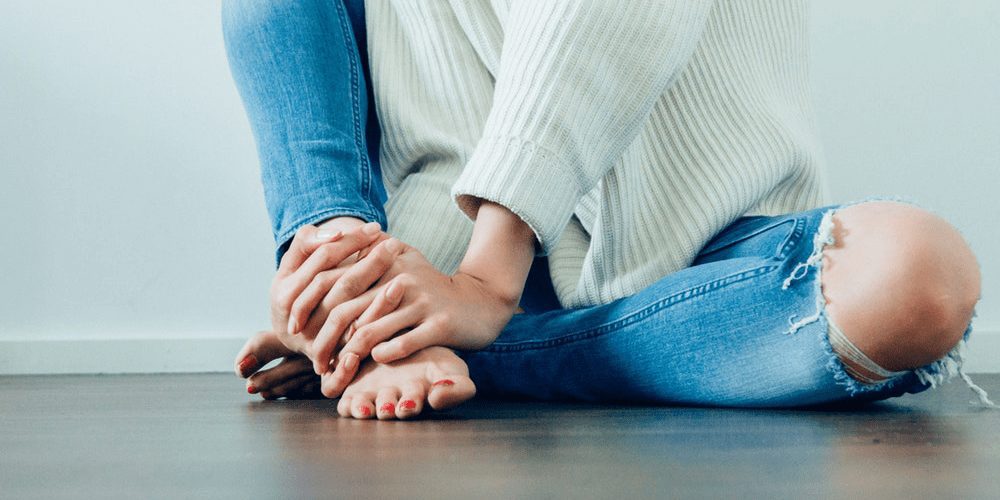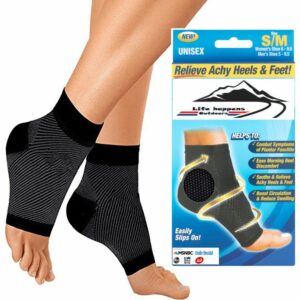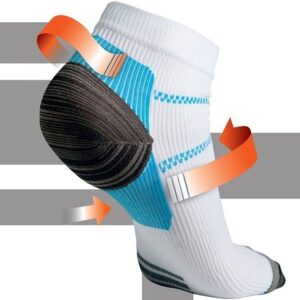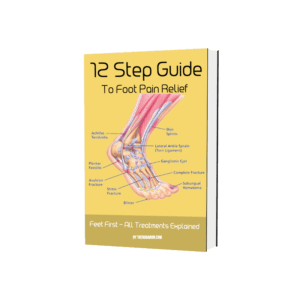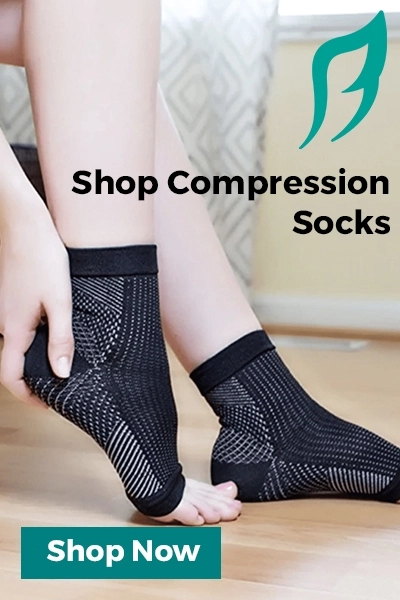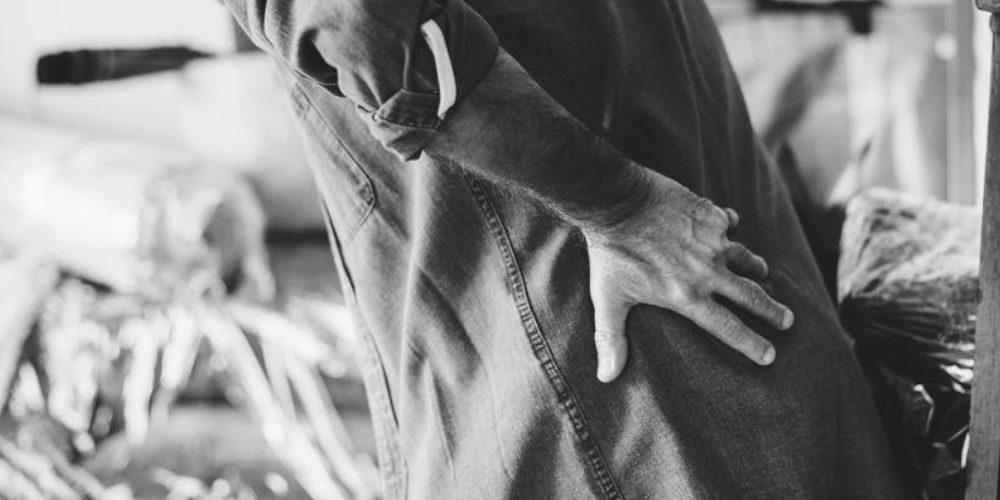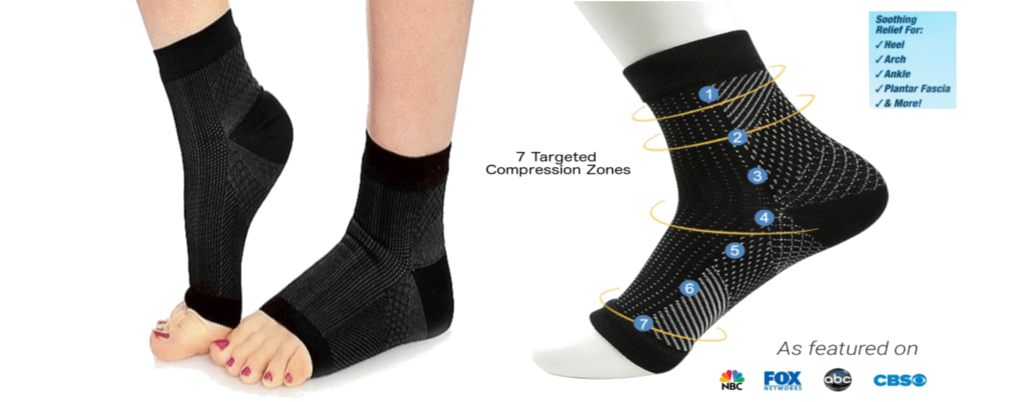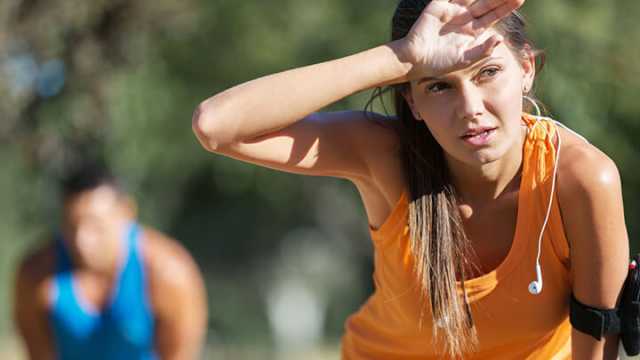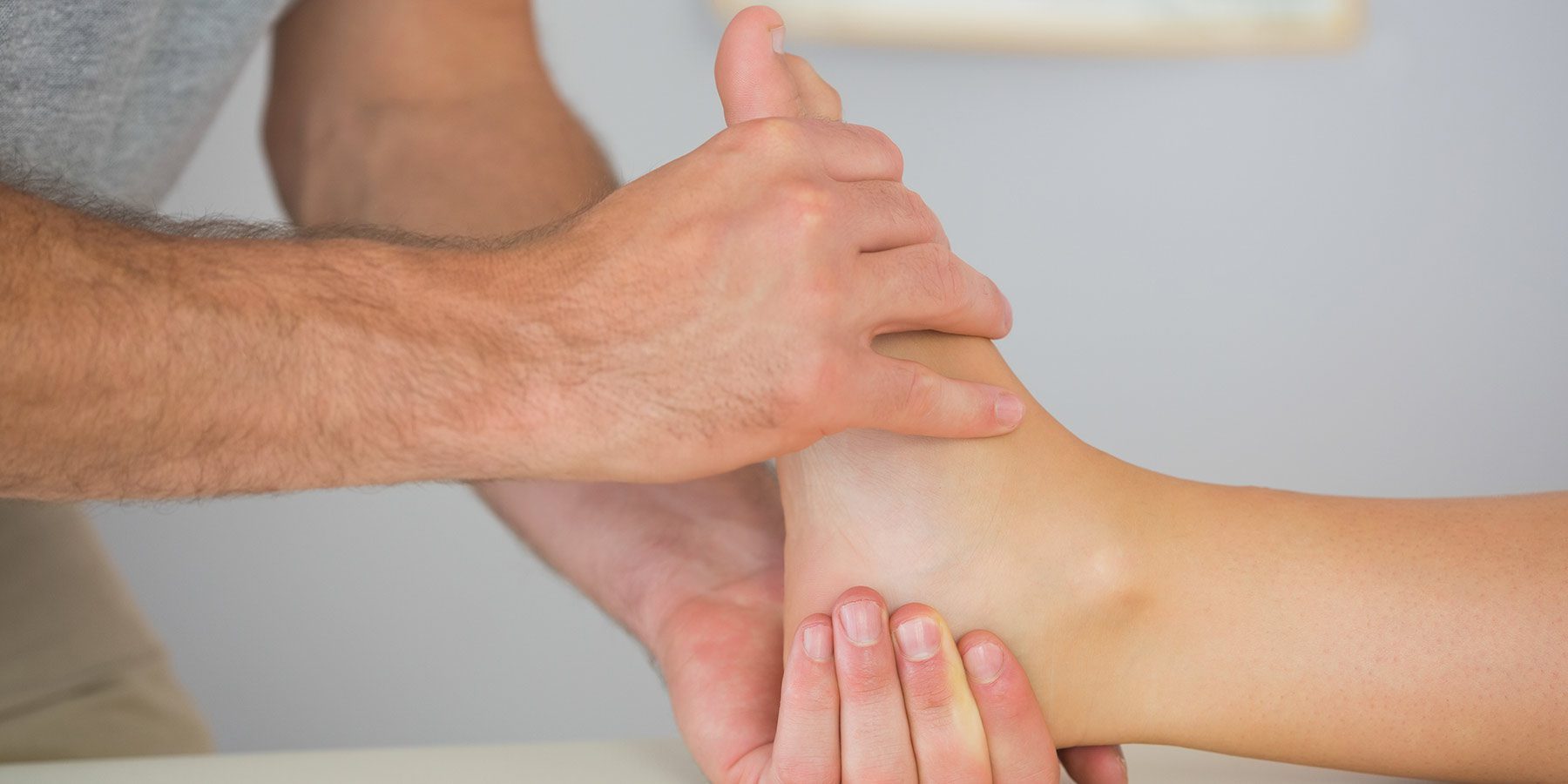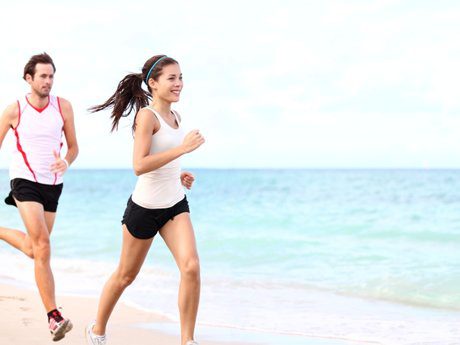If we suffer from knee or foot pain, our first thought is that we shall minimize the exercise and relax as much as possible in order to get better. Limiting the activities, however, is actually counter-effective in most of the cases. Depending on the condition that causes joint or any other pain in your feet and legs you can choose the right activity that will actually improve your health.
There are different exercises that will reduce or alleviate knee and foot pain if done properly. In addition to that, there are also special knee braces that can help with osteoarthritis, for example, and insoles that can reduce foot pain.
It is important to choose the right activity and matching support for your own condition. A good start is to visit your doctor and tell them all about your symptoms, concerns, and desires. You can make a plan that will work for you and help you stay fit and healthy. It is also necessary to know which activities to avoid, and which exercises are good for you so that you can strengthen your muscles and avoid knee and foot pain.
Contents
Best approaches to stay active
There are different conditions that cause foot and knee pain and, in many cases, they are not that serious to prevent us from being active. Even in the case of osteoarthritis, which is one of the main reasons for knee pain, research has shown that we shall not avoid all types of exercises. On the contrary, exercise, physical therapy, and a change in your lifestyle can alleviate symptoms and prevent the condition from getting worse. Adjusting these three factors and turning them into a daily routine will help your body cope with knee and foot pain and let you leave a healthier life.
Exercise
Most of the people suffering from joint pain do not get the necessary amount of movement. Staying active is the key to improving the condition and achieving both short and long-term results. You can reduce the pain and improve your overall physical functioning by exercising on a daily basis.
As a minimum, you need to make 6,000 steps per day. This will actually help you reduce the knee pain that you are feeling. You can use a step tracker to check your progress. Try to increase the number of steps whenever possible.
For those suffering from joint pain, there is a special complex of exercises that can help them with getting in better shape and coping with everyday activities without problems. There is the functional strength training, which includes exercises for balance, endurance, and strength. Some of the recommended activities include yoga, swimming, and stationary bicycles.
Try physical therapy
Another method to help you with joint pain is physical therapy. It is an effective method that can reduce the pain and help people suffering from various forms of osteoarthritis. Your physical therapist will decide which procedures are the best for you in accordance with your specific condition.
Physical therapy usually includes tissue massage, joint mobilization, and passive movement of the joint. Some other procedures that can be included are ice treatment, electrical stimulation or ultrasound.
Depending on the condition, physical therapy can be an excellent alternative to surgery or other invasive interventions.
Adjust your lifestyle
A change in your lifestyle will affect positively your entire body. A healthier and balanced diet will provide you with the necessary strength to be more active and exercise regularly. A little weight reduction will have a significant effect on your knees and feet. Do you know that putting just one extra pound feels like four around the knees? So, you can imagine what a big impact a weight reduction of 5 to 10 pounds will have on your legs and overall on your body.
Reducing stress and spending more time outdoors or doing an activity that you like also helps to relieve pain and feel better. Create a daily routine that includes exercise and healthier snacks and that fits your main engagements throughout the day.
Do’s and don’ts for exercises with knee pain
While we say that you need to be active despite the pain in the knee or in your feet, it doesn’t mean that all types of exercises are allowed. There are certain activities that will stimulate your muscle strength and help you cope with the pain and even eliminate it, while others may have a negative effect on your joints and on your health, as a whole. Hence, it is important to know which exercises to avoid and which are good for you.
We can start with busting a few myths about activities and knee pain. Many people wrongly believe that they have to avoid exercise and more specifically walking, running, squats. The truth is different, though as many studies reveal and still you shall not push yourself too much as excessive overloading will harm your sore knee. So, here is a list of what you can do and what you shall avoid when suffering from knee pain.
Exercises you can do
Regardless of the type of exercise you will opt to, remember, that you need to warm up and stretch well before doing it. This will allow your knee joints to get limber and moving. You can start your exercise by walking a bit until your joint warm up and then you can increase the speed.
Exercise in water first
If you are not used to being very active and you are afraid how the exercise will affect your knees, you can start with exercising in water. Water will reduce the pressure on your knees and you will be able to do the activities with less load and less pain.
Walk
Walking is recommended for people suffering from knee pain as it is a low-impact activity and helps you feel better. It is good to start slower and eventually increase the time and speed. Power walking is also an option.
Squat
Squatting is good for your knees as it follows the natural function of the knee – to bend. Don’t be afraid to include this exercise in your routine. You can start by doing a quarter leg squat so that your knee bends just a little and then proceed with a half squat until you are able to do a full squat with no problems.
Run
Running is good for you as long as you do not overdo it. Make sure that you have warmed up in advance and if necessary use knee braces for running or other types of knee support.
Opt for low-impact activities in the gym. You can do yoga or use equipment that is knee-friendly like the stationary bicycle or elliptical machines. This type of activities does not overload your joints and help you be active without being in pain.
Exercises to avoid
Being active is generally good and can alleviate pain and even improve certain foot and knee conditions but only if properly done. There are certain exercises that you need to avoid as they may only worsen your condition. These include:
Jumping
If you have problems with your knees, you shall avoid jumping by all means. It will cause too much pressure on the knee and can have quite negative consequences.
High-impact activities
There are certain sports that you need to avoid in case you experience knee pain as they may worsen your condition. These activities include tennis, football, soccer, squash, basketball and the like. These sports include a lot of starts and stops and a lot of jumping, which we already mentioned as not recommended for people with aching knees. While running is generally ok, it is not a good idea to run up and down the stairs. This applies both to people with knee and joint pain and to people who suffer from foot pain and have flat feet or lower arches.
Exercise on hard surfaces
It is not recommended to walk or run on hard surfaces such as asphalt or concrete as they do not have shock absorption and can increase the pain you feel on your knees or feet. If you have no other option, you can look for suitable insoles that can help with shock absorption and offer more cushioning. You can run or walk on dirt paths or grass but keep in mind that those tracks can be bumpy and uneven. A great alternative is to exercise indoors using a treadmill, which has a consistent surface and good shock absorption.
While exercise is generally good for your health and can help you get knee pain relief, remember that you should not overdo it. Listen to your body and do not push it too much. A healthier dose of exercise is what you need in order to feel good and have your muscles strengthened so that you can keep doing your normal daily activities.
Which aids can reduce foot and knee pain?
There are several ways to reduce knee and foot pain but one of the most affordable and easiest solutions is to use knee braces and insoles. Note, that it is a good idea to consult a specialist who can recommend what type of brace and insole are suitable for your specific condition. Remember that it is not a good idea to use someone else’s products even if you have the same condition as they may not have the same positive impact on you.
When we talk about knee pain, one of the popular products is the knee brace or knee sleeve that offers support and helps you stay active, recover quicker, and reduce the unpleasant feeling in your joints. If you take a look at our online shop, you can find several knee braces that can be used during exercise, running, walking or simply performing your everyday activities:
- The painless knee support brace is one of the products that can help you stay active by decreasing pain symptoms and improving your knee joint function. This type of knee brace is comfortable and lightweight and can be worn during various sports activities like running, playing football, walking or simply doing your everyday chores. It offers more support and compression over the joint that helps your knee function better.
- The advanced knee support brace is used to stabilize painful and week knees and relieve pain quickly. It protects your joints without limiting your mobility and can be used in several cases – recovering from injury, in case of swollen or painful and week knee.
- The tourmaline self-heating knee pads are another option to relieve the pain in your knees. They combine self-heating and magnetic therapy in one to help you cope with conditions like arthritis, rheumatism or muscle stiffness.
Sometimes, your mobility is limited due to the pain that you feel in your feet. In many cases, the problem can be resolved by inserting the right insoles into your shoes. There is a great variety of insoles on the market, so make sure to research the options and choose those that will alleviate your pain and help with your conditions. Some of the products, you can find online include:
- Total support orthotic insoles that can bring back the joy of walking by making sure every step you take is comfortable. They are great for offering support to people with flat feet and can be used for conditions that include plantar fasciitis, heel spur, tendonitis, arthritis or diabetes.
- Plantar fasciitis foam insoles that are specifically designed for those people suffering from plantar fasciitis. They relieve pain caused by the condition and reduce pressure on the plantar fascia, soles, and heels. The foam insoles facilitate standing and walking and can be used by anyone and anywhere necessary.
- Honeycomb ActiveGel insoles that provide impact cushioning for heels, knees, and ankles. The insoles are designed for everyday use and offer maximum support and comfort as they have 360° Ventilation and Sole-Shape Design.
- Health control massage insoles that use the method of reflexology to improve your overall health. They massage key pressure points and thus relieve pain in feet, legs, back, and neck. The insoles help you stay active, enhance your energy, and reduce muscle fatigue.
The overall conclusion is that it is important to stay active despite the discomfort of foot and knee pain as exercise will actually help you feel better. It is necessary to avoid overloading your knee if you suffer from any condition and do only those types of exercise that are recommended such as walking, swimming, water gymnastics, yoga.
Make sure to check out our guides to pain relief that go much deeper than this article. And you can get the 12 Steps To Foot Pain Relief for free with your purchase of a pair of our Pain Relief Foot Compression Socks or Heel, Ankle & Pain Management Socks!
-
50 %OFF50 %OFF50 %OFF50 %OFF
Pain Relief Foot Compression Socks
Rated 4.43 out of 5$39.99Original price was: $39.99.$19.99Current price is: $19.99. Select options -
33 %OFF33 %OFF33 %OFF
Heel, Ankle & Achilles Pain Management Socks
Rated 4.57 out of 5$29.99Original price was: $29.99.$19.99Current price is: $19.99. Select options -
Feet First – 12 Steps To Foot Pain Relief
Rated 3.00 out of 5$9.99 Add to cart -
Dealing with back pain the natural way
$9.99 Add to cart




